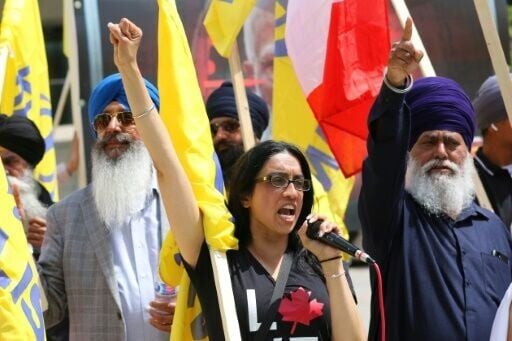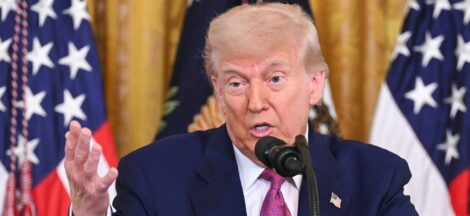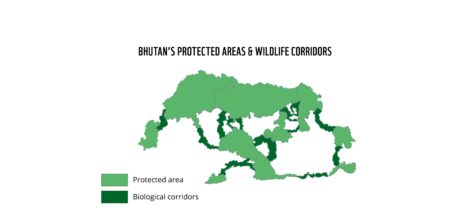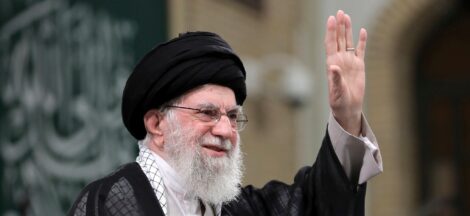Canadian Prime Minister Mark Carney welcomed his Indian counterpart Narendra Modi to the G7 summit in Kananaskis, Alberta, on Tuesday. They announced the mutual return of high commissioners to their respective capitals and initiated a modest thaw in the diplomatic rupture triggered by the 2023 killing of Sikh activist Hardeep Singh Nijjar in Canada.
Their handshake at the summit marked the most significant turning point since diplomatic relations unraveled following Prime Minister Justin Trudeau’s public accusation that agents from New Delhi were implicated in Nijjar’s assassination. India categorically denied involvement and both nations responded with reciprocal expulsions of diplomats and the suspension of consular activities through late 2024.
Carney, who took office in March, said the invitation to Modi underscored the importance of India’s role in global supply chains and governance. “It is my great honour to have you here,” he remarked during their bilateral exchange in the Canadian Rockies. Modi echoed similar sentiments on his social media channel, noting the two nations are “connected by a strong belief in democracy, freedom and rule of law”.
Central to Tuesday’s agreement is the reinstatement of India’s high commissioner to Ottawa and Canada’s to New Delhi, reviving full diplomatic channels that had been dormant since October 2024. Carney’s office stated that the move would restore regular consular services to citizens and enhance business and trade relations. Canada and India collectively exceed US $20 billion in trade annually—comprising goods, services, student exchange and temporary foreign workers—making the restoration of diplomatic ties vital to economic cooperation.
Their dialogue extended beyond diplomacy. Both leaders committed to cooperating against terrorism and addressing transnational repression—areas Carney cited as shared security concerns. They also discussed collaborations in energy security, critical minerals, artificial intelligence and clean technology—fields that reflect broader G7 agendas and India’s growing strategic footprint.
The meeting takes place against a broader backdrop of the G7’s recalibrated priorities under Carney’s chairmanship, which include tackling fractious global flashpoints such as U.S.‑China frictions, renewed Russia sanctions, and the conflicts in Ukraine and the Middle East. India, absent from the G7’s formal membership but long invited as a seasonal participant, now occupies a more central role as Canada pushes to diversify its strategic partnerships beyond traditional alliances.
Analysts view the restoration of envoys as a measured diplomatic reset rather than a full reconciliation. Canadian Sikh advocacy groups criticised the invitation, calling it a betrayal of Canadian values given unresolved questions about Nijjar’s death. Canada’s Sikh community in Calgary staged protests at the summit, explicitly opposing Modi’s presence. Opposition MPs and human‑rights groups also stressed that intelligence‑sharing initiatives and legal cooperation on the Nijjar investigation remain pending items on the bilateral agenda.
On security cooperation, Canada has already pledged to resume intelligence exchanges with India to counter terrorism and cross‑border threats. Carney signalled a “careful approach” in handling this sensitive aspect, acknowledging the gravity of ongoing inquiries into Nijjar’s assassination.
Energy and minerals figured significantly in the discussion. Modi noted in his post‑meeting comments that sectors such as energy, fertilisers, space and critical minerals could yield “win‑win cooperation”. Canadian agribusiness groups, such as Pulse Canada, expect renewed momentum in agricultural exports, including lentils and pulses, to India, which has grown into a key market.
Politico reports that Carney has steered Canada away from traditional G7 joint communiqués, favouring targeted issue-based outcomes—as visible in this bilateral initiative with India. That approach may reduce friction with partner states that hold differing stances on Russia, China, U.S. tariffs and Middle East policy, as evidenced by President Trump’s early withdrawal from the summit.
While the diplomatic restoration is symbolic rather than sweeping, the move indicates a slow but deliberate effort to rebuild working channels. Canada’s ambition to diversify beyond U.S. dependency and engage rising democracies appears central to Carney’s strategy. For India, the restoration opens doors to advancing trade, security and global governance ties without normalising the Nijjar dispute—though legal and intelligence collaboration remains under the microscope.
For now, the return of high commissioners marks a first step in a longer reset. Whether significant progress follows will depend on shared follow‑through in investigations, intelligence collaboration and commercial engagement over coming months.




 Judge Varma Rejects Resignation Demand Despite Cash Allegations
Judge Varma Rejects Resignation Demand Despite Cash Allegations 